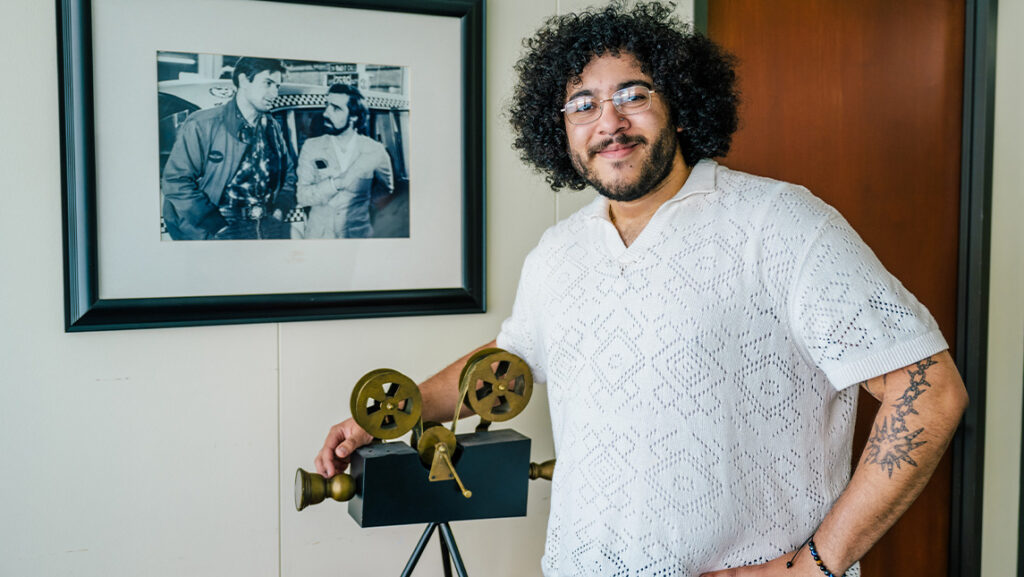 Dr. Hemali Rathnayake (Joint School of Nanoscience and Nanoengineering) received new funding from the Department of Defense for the project “DOD HBCUMI Instrumentation: Acquisition of a High-Resolution Transmission Electron Microscope for Interdisciplinary Graduate Research and Educational Training.”
Dr. Hemali Rathnayake (Joint School of Nanoscience and Nanoengineering) received new funding from the Department of Defense for the project “DOD HBCUMI Instrumentation: Acquisition of a High-Resolution Transmission Electron Microscope for Interdisciplinary Graduate Research and Educational Training.”
This DOD HBCUMI Instrumentation proposal requests funding for the acquisition of a High-Resolution Transmission Electron Microscope (TEM) for graduate research and teaching at the Joint School of Nanoscience and Nanoengineering (JSNN). Transmission electron microscopes provide the best means for imaging nanoscale materials with at least one dimension smaller than twenty nanometers. This TEM would feature a high-resolution objective lens with 200kVmaximum accelerating voltage, a scanning tunneling electron microscope (STEM) image observation device, a high resolution digital imaging, and the ability of upgrading to in-depth materials composition analysis to identify the oxidation states of atoms. Acquisition if this new microscope will expand its utility for both faculty and students and fulfill a critical need in our instrumentation infrastructure, that is currently insufficient to better serve our students, faculty, and the Triad region. Also, our current TEM is becoming increasingly difficult to repair and service due to the product discontinuation by its manufacturer. Thus, we are seeking funds to not only replace, but also expand on our TEM capabilities to grow our graduate programs and nanotechnology research infrastructure.
As interest in nanotechnology research has grown along with the continuous growth in our interdisciplinary graduate programs, usage of existing TEM has increased from 215 hours by 10 users in 2015 to 800 hours by 20 users in 2018. Research projects to be supported by a new TEM span a broad spectrum of research fields on emerging technologies, which includes seven interdependent research platforms: Nanobiology, Nanobioelectronics, Nanomaterials, Nanometrology, Computational Modeling and Simulation, Nanoenergy, and Sustainability. Research and Educational trainings of these seven core platforms are directly correlated to the research areas of interest in the DOD directorates of Army Research Office (ARO) and Airforce Office of Scientific Research (AFOSR). Current research projects use the TEM to characterize the size and shape of inorganic nanoparticles, bacteriophages, synthetic nanoparticles, and inorganic microstructures like zeolites. Some example research projects include: characterizing and localizing carbon dots, evaluating antimicrobial properties of particles conjugated to antibiotics, and characterization of synthetic nanoparticles, inorganic nanostructures, natural nanoparticles, and bacteriophages.


